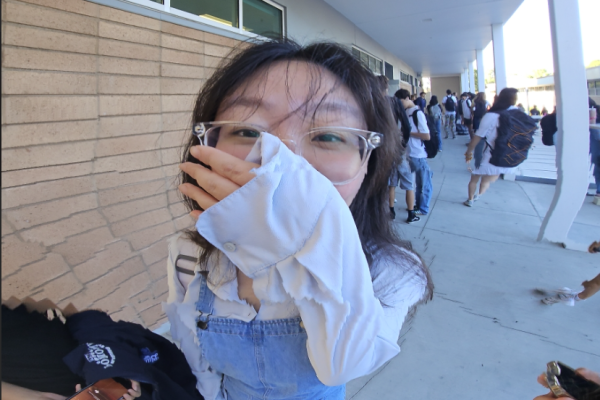LA County’s response to the Fentanyl crisis is a disgrace
You may remember when the news articles about fentanyl started pouring in. The media had preached continually about the dangers and harms of the drug. Then, recently, there were mentions about the newly created LA Fentanyl Task Force that was created on November 29, 2022, in response to the surge of deaths that happened in 2020. LA County’s response was two years later after the swell of the epidemic had happened. It escalated from 462 deaths in 2019 to 1149 deaths in 2020.
In addition to LA County creating a task force, the county also tried to raise awareness through the LA County Department of Public Health website. The Department of Public Health’s response was to upload the harms of fentanyl and stated that the county did “raise awareness,” which begs the question; did the website not have this information before this epidemic?
This affected the education community the most, the education department had to do something. The education department seems to not care about the situation. They keep giving presentations over and over again expecting a different result. Most presentations are non-interactive and do not keep the attention of the students. The presentations simply talk about facts upon facts and do not interest the student in being engaged with the slideshow. In many cases, the students do not even see the slideshow. Schools seem not to care about this situation because LA County is not taking this as seriously as one would hope.
There has been a short-term solution that the Department of Education and Public Health has decided on. Naloxone, a drug that can stop death from overdose, has been allowed to all LAUSD students at no cost from the Department of Public Health. The decision allowed the students to have fewer overdose deaths. This is only a short-term solution. In the long run, it is going to be way too expensive and will allow students to keep using drugs to the point of overdosing without receiving help to get sober. To explain, each 0.4 mL of naloxone costs about $50. The recommended amount to inject for each dose is 0.4 mL/mg of naloxone. Every time a student overdoses, it costs the Department of Public Health $50. Over time, students subsequently realize that they are not getting penalized with payment and will take advantage of the assurance that there is a cure to overdosing. There is also an obvious flaw in all of this. Even though naloxone is pretty much allergen free, there is still a rare possibility of a student being allergic to the ingredients inside naloxone. Schools need to look at a student’s health record to be able to administer naloxone to make sure there are no allergic reactions. Taking such a long time can endanger their health and potentially make it too late for the student.
Making sure that naloxone is accessible to all students is a start, but this is not a long-term solution that will help the fentanyl epidemic. Naloxone cannot be the answer to all our problems. There needs to be an increase in alerts about the harms of taking fentanyl, and the LA Fentanyl Task Force needs to act swiftly to be able to stop the making of illicitly manufactured fentanyl. Whether the student took fentanyl on their own will or because it was administered to them unethically, solvency would happen through the increase of policies surrounding the drug.
Taking a long time trying to figure out a solution has cost the lives of many. While LA County ignored the cries of the victims’ families, they came up with bad and short-term solutions. LA County tries to seem like they are helping the current situation but if we take a deeper look into what is occurring, there is nothing they have done. Eventually, LA County will have to make a better solution than just presentations and a task force that, as we have seen, has done nothing.
Hello there! Our goal is to provide relavent, engaging journalism for readers of all ages. Your donation will support the student journalists of the Wolfpacket at Claremont High School, and will allow us to purchase equipment, print our monthly issues, and enter in journalism competitions. We appreciate your consideration!

Odelia Hahn is everyone’s wifey. She is a junior head opinions editor for the Wolfpacket, and the sweetest, most relatable person ever. Her motto, “it...








